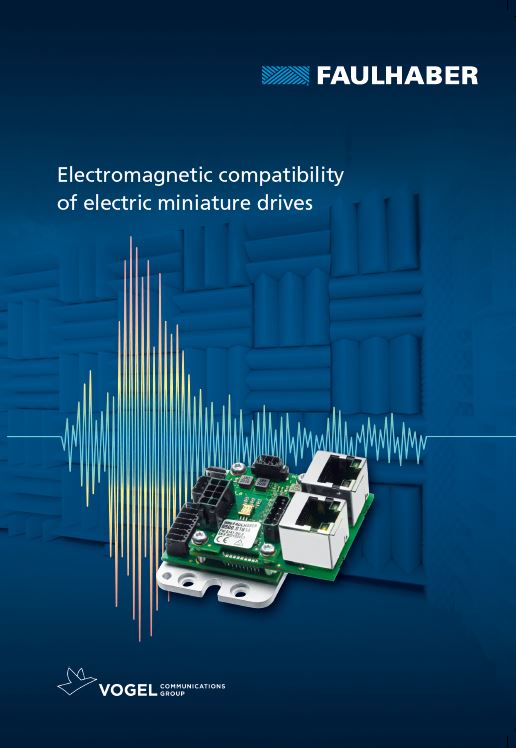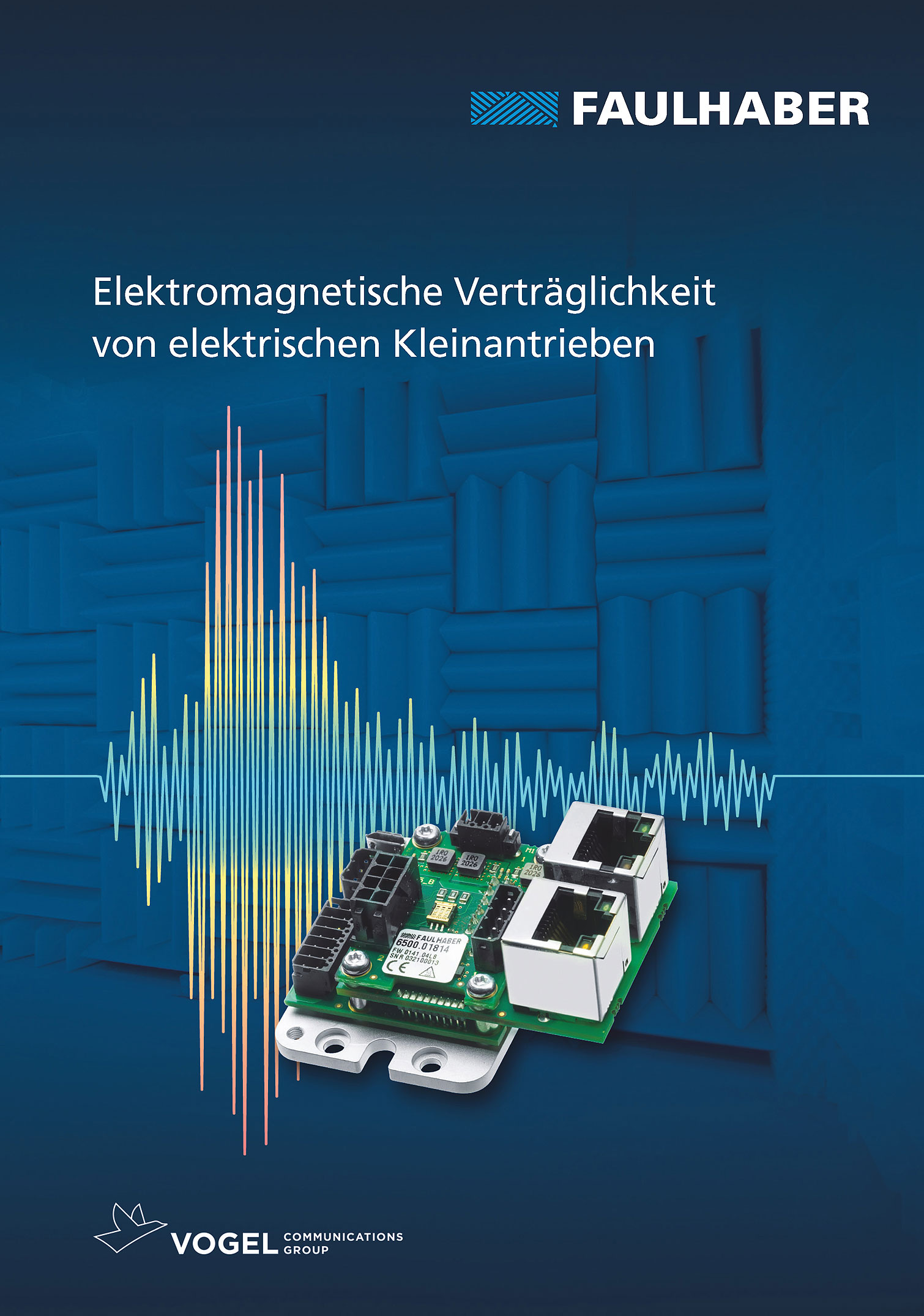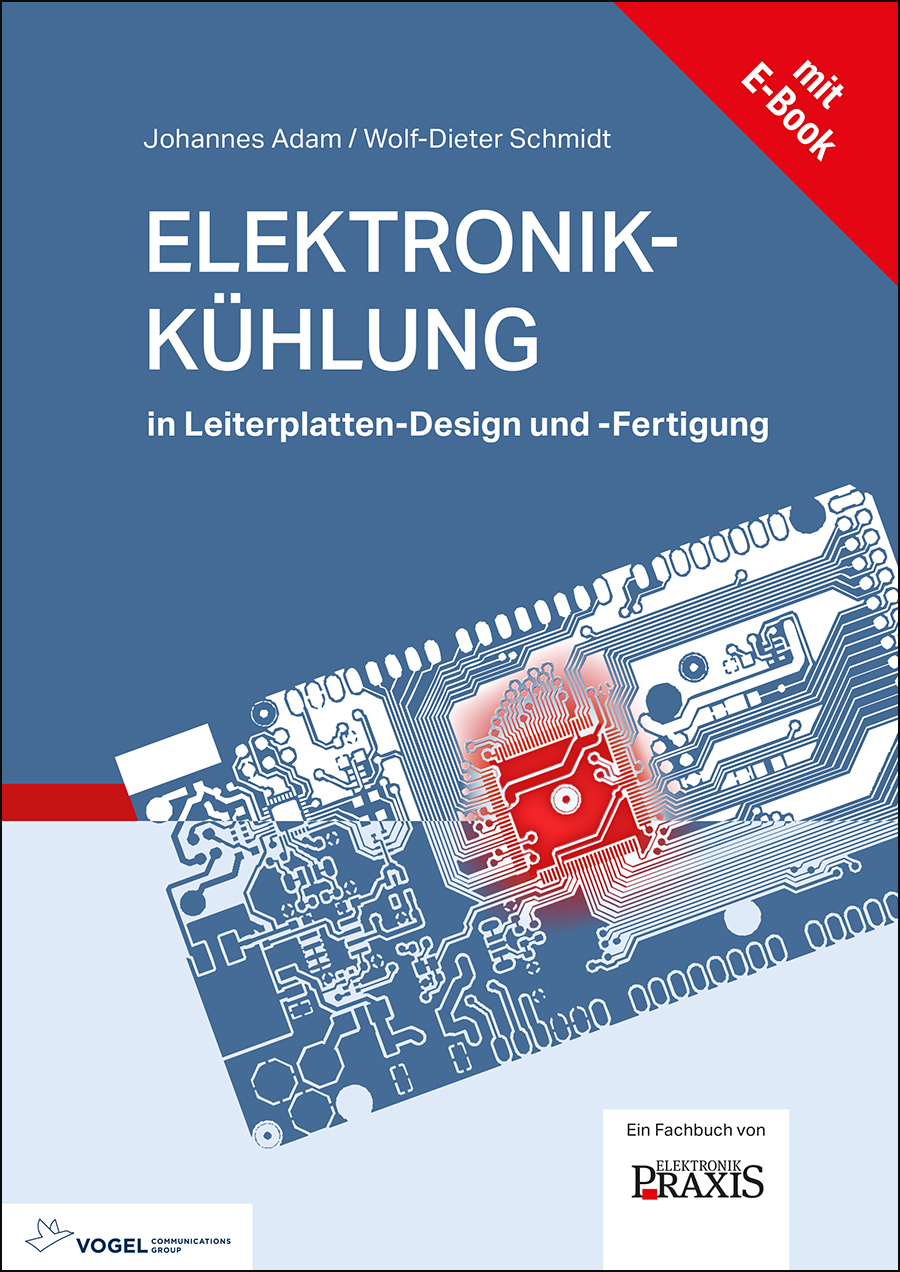Electromagnetic Compatibility of Electric Miniature Drives
| ISBN | 978-3-8343-3515-9 |
|---|---|
| Auflage | 1. Auflage 2022 |
| Seiten | 110 Seiten |
| Produktart | Buch, E-Book (PDF) |
| Sprache | Englisch |
29,80 €*
Sofort versandfertig. Lieferzeit in Deutschland ca. 2-3 Werktage.
Hinweis: Als Firmenkunde erhalten Sie einen Mengenrabatt ab einer Abnahmemenge von 10 Exemplaren. Die Bücher dürfen ausschließlich für den Eigenbedarf genutzt und nicht weiter verkauft werden. Weitere Informationen unter Firmenlizenzen
Produktinformationen "Electromagnetic Compatibility of Electric Miniature Drives"
Electromagnetic Compatibility of Electric Miniature Drives
How to Set up a Device in an EMC-Compliant Manner
Electric miniature drives are now present in a wide range of applications. In addition to classic mains-operated kitchen appliances, a wide variety of battery-operated devices with built-in electric motors are used in a domestic setting, from robotic vacuum cleaners through motor-operated heating valves to milk frothers. Electric miniature drives are somewhat less visible in daily use in optical devices, in laboratory automation or in special machinery construction.
For electronics developers, the challenge is to keep an eye on the components of the power electronics, microcontroller and sensor technology that come together in the controlled electrical drive in a very small space from the point of view of Electromagnetic Compatibility (EMC) and to find marketable compromises.
First, the book gives a brief overview of the development of the EMC topic and the current general boundary conditions for bringing electric drives onto the market. After this, the effects, coupling paths and test methodsfor both the emitted interference and the interference immunity are presented. The sources of the different disturbances originating from a motor controller are named and linked to their effects. On this basis, the common EMC measures are then discussed step by step, and their effectiveness verified by means of the measurement result.
This book is therefore aimed at users and supports them in setting up their end device in an EMC-compliant manner with a controlled miniature drive as a component. In addition, electronics developers learn the necessary basic measures to take EMC into account already in the development of motor controllers for miniature drives. If this is taken into account, such development projects can be successfully realised in an EMC-safe manner.
Topics from the book:
- Challenge of EMC: Interference sources in electric drives, frequency components, from radio interference suppression to EMC
- CE certification: EU directives for the operation of electric miniature drives
- Interference emissions of devices: Conducted interference, coupling paths for electromagnetic interference, measurement methods and typical measurement results
- Interference signals in controlled devices: Interference behaviour of a DC/DC converter, interference behaviour of a motor controller
- Limiting interference emissions: Propagation paths, grounding and shielding, cable routing, filter and test results
- Interference immunity of devices: Acceptance criteria, effects, measures
- EMC measures for miniature drives: Integrated motor controllers, externally mounted motor controller, encoders
- Additional measures to increase robustness: Coding, complementary signals (linedrivers), robustness of different interfaces
Dr. Andreas Wagener

Dr. Andreas Wagener ist Vollbluttechniker und verantwortet das Systems Engineering bei der Dr. Fritz Faulhaber GmbH. Als Entwickler war und ist er auf Hardware- und Firmwareseite für MotorControl Produkte verantwortlich. Herausfordernde EMV ist dabei ein ständiger manchmal auch schmerzender Begleiter.
Von einigen Jahren mit Projektverantwortung für HIL Integrations-Prüfstände – Verbrenner – sind sein Themenschwerpunkt klar die geregelten Elektroantriebe. Der Leistungsbereich deckt dabei < 10W bis > 1 MW ab.
Seit vielen Jahren arbeitet er im Vorstand des IEEE IES/PELS/IAS Joint German Chapter, der deutschen Untergruppe der Leistungselektroniker mit.
Dr. Andreas Wagener ist zudem Referent eines Webinars der Dr. Fritz Faulhaber GmbH zum Thema "EMV von elektrischen Kleinantrieben". Das Webinar steht sowohl in deutscher als auch in englischer Sprache zur Verfügung. Bitte beachten Sie, dass es sich um ein registrierungspflichtiges Angebot der Dr. Fritz Faulhaber GmbH handelt und Vogel Professional Education keinen Einfluss auf die dargestellten Inhalte oder die Verarbeitung der Daten hat und keine Verantwortung hierfür übernimmt.











